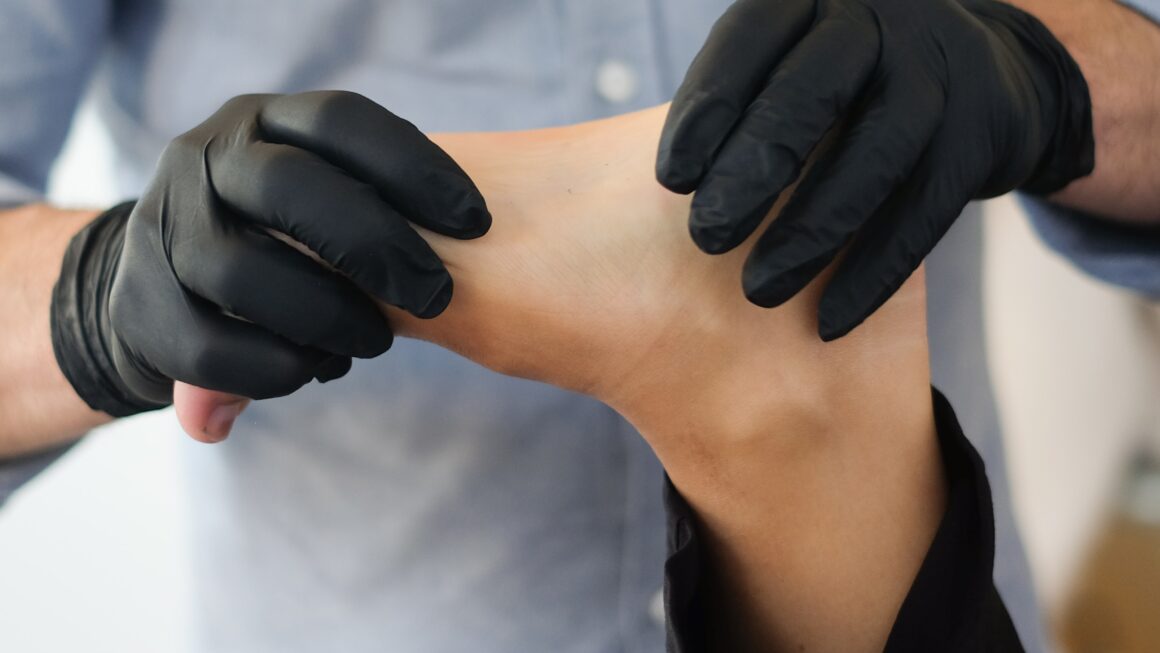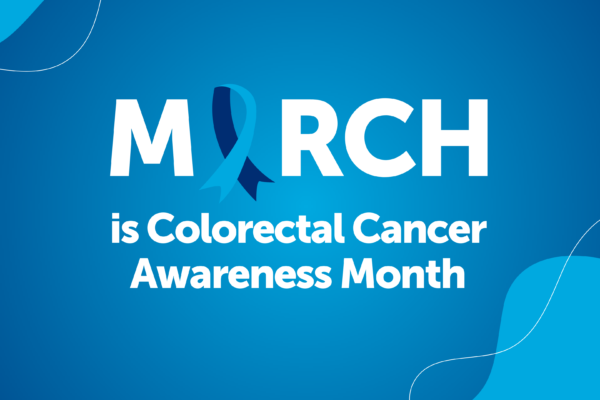Written by Adam Lamarche
Photo by Toralf Thomassen of Unsplash
During the normal gait cycle, there are many different muscle groups that must work in conjunction to produce what is seen as normal rhythmic ambulation. If even one of these muscle groups is disrupted, the kinematic chain will no longer function properly and the gait cycle will be affected. There are many different situations that can cause muscle atrophy such as being immobilized in an orthopedic device, being subject to limb-traction for bone fractures, or mobilizing on orthopedic wards after joint replacement. All of these are examples of patients that have been confined to bed rest, which can cause muscle atrophy and affect a person’s gait cycle.
A study that took ten male subjects and confined them to eight weeks of strict bed rest examined the rate of atrophy in the lower-limb muscles during this eight-week period. The findings of this study were very interesting. It was found that the antigravity muscles or the muscles that are required to produce upright stance were most affected. This includes the muscles of the ankle, knee and hip. Humans are bipedal which requires the generation of large forces at the ankle, knee and hips. With the removal of normal physical activity (e.g. bed-rest), it follows that the plantar flexors of the ankle are most affected, followed by the extensors of the knee and then those of the hip (Armbrecht, Belavy, Felsenberg, Miokovic, Richirdson, Rittweger, 2009).
Having a deficit to any of the previously mentioned muscles can adversely affect your gait. Impaired ankle plantar flexor (APF) function is a frequent cause of gait limitations (Czerniecki, Gitter, Meinders, 1998). Ankle plantar flexor work is primarily used to accelerate the leg into swing with most of the energy being transferred into the trunk at the end of swing (Czerniecki, Gitter, Meinders, 1998). An inability to forcefully plantar flex your ankle can result in an inability to produce a stride.
The knee extensor muscles also play an important role in the gait cycle. During normal gait the knee extensor muscles are activated so that the heel of the foot strikes the ground. The knee flexors also play an important role in shock absorption. At heel strike, the knee flexors generate power to ensure that the knee is in a flexed position to absorb the impact force and immediately following this, energy is absorbed by the knee extensors in order to control further flexion of the knee (Larsen, Lavoie, Mrachacz, Voigt, 2006). Without proper use of the knee extensors the knee wouldn’t be able to properly absorb the loads that are generated with each step. Also, if the heel of the foot wasn’t able to strike the ground first this could cause drop foot where the foot is excessively plantar flexed and the toes, rather than the heel make contact with the ground first.
The final muscle group that will be considered during the gait cycle are the hip flexors. The hip flexors play an important role during the pull-off phase (Bourbonnais, Gagnon, Gravel, Milot, Nadeau, Requiao, 2005). The activation of the hip flexors allows you to lift your foot off the ground and produce a stride. With weak hip flexors the stride would be shortened and the gait would appear shuffled.
It can be very easy to take for granted the fact that we are able to walk from one point to another. Many times, you don’t consider the amount of coordination that is involved in simply putting one foot in front of another. For many people, however the simple task of walking can be complicated by injury or prolonged periods of immobilization. At which time, the muscle groups that are responsible for gait must be retrained and the strength regained before they are able to produce normal gait.
References:
https://pubmed.ncbi.nlm.nih.gov/19680682/
https://pubmed.ncbi.nlm.nih.gov/9526753/



